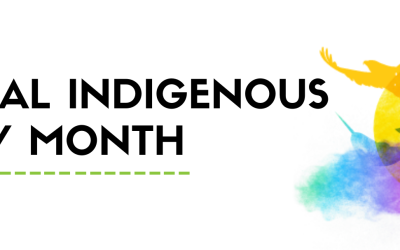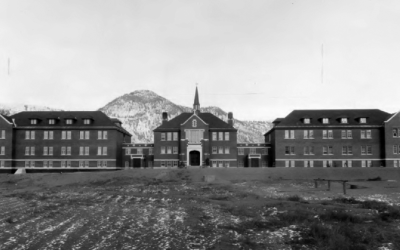Here is a prediction: in a week, or two, or three, or six, the CBC and the Globe and the National Post and NDP MP Charlie Angus and Liberal leader Bob Rae will forget about the tiny, suffering northern community of Attawapiskat. And so will the rest of us.
The well-intentioned baby-formula and diaper drives, the earnest collections of home-building materials will dry up. We will, collectively, move on.
In the wake of their brief but intense moment in the spotlight, residents of Attawapiskat will get some new houses. Perhaps, as New Democrat interim leader Nycole Turmel and others have proposed, the army will be sent in to erect weather havens. Certainly, the Canadian Forces could make everyone in the town of 1,800 warm and dry in a hurry.
But after the immediate crisis has passed, we'll forget – until next time. It's what we do. Does anyone today remember the town of Pikangikum, 300 kilometres north of Winnipeg, whose residents in 2007 were found to be relying on leaky outhouses for plumbing and a diesel generator for electricity?
For that matter, have the steady stream of auditor general's reports and Statistics Canada surveys, exhaustively chronicling the horror show of life on many of Canada's 600 aboriginal reserves (infant mortality at twice the national average, violent crime victimization at seven times the off-reserve rate, prison incarceration grotesquely disproportionate to the size of the aboriginal population) made any difference?
It has become received wisdom that there is no solution to the problem of Canadian aboriginal misery. The antediluvian Indian Act itself, dating to 1876, and the rotten, racist reserve system it enshrines, are the problem. Many have called for the act to be abolished. But no one knows how this can be done.
It's true that the band chiefs, who should be in the forefront of reform, have consistently been an obstacle. They protect their entitlements – the iron rice bowl of $9 billion a year in federal funding, mainly funnelled through the bands.
But there's more to it than that: among the roughly 40 per cent of Canada's 1.1-million Inuit, Metis and First Nations people who still live on-reserve, there is widespread suspicion of abolition. For all its evils, the Indian Act is the devil they know. A clear majority of Canadian aboriginals already have chosen de facto a form of assimilation by living off reserve. Those who remain behind are determined to preserve special status. So, around we go.
Yet there is a potential remedy – one that is practical, achievable and also gradual. It has been available to the Harper government for several years. It was available to the Liberal governments of Paul Martin and Jean Chretien before that. It is being proposed by Manny Jules, currently chief commissioner of the First Nations Tax Commission, and former chief of the Kamloops First Nation in British Columbia, and Joseph Quesnel, an aboriginal policy analyst based in Lethbridge, Alta., who is of Metis origin.
Their idea is blazingly simple: introduce private property on reserves.
Home ownership is how most Canadians save for retirement. Building equity in a home is how we typically accumulate wealth to pass on to our heirs. Equity in a home allows most Canadians to borrow money on lines of credit. Mortgages make it possible for us to acquire homes and to improve them.
All this is denied aboriginal people living on reserves, under the aegis of the Indian Act. Residents can be granted “certificates of possession,'' but not land title. That rests with the Crown. Ultimate control is vested in the government and administered by the band. Cronyism is rampant.
Some 2,300 homes are built on reserves across Canada each year. But because of a soaring aboriginal population, that barely dents the backlog.
“The federal government estimates between 20,000 and 30,000 homes need to be built now,'' Jules told me this week. “The AFN (Assembly of First Nations) estimates 85,000. Taking those numbers into account, at current rates of construction it'll take anywhere from 200 to 850 years to catch up to the backlog. In other words, it'll never happen under the existing situation.''
The introduction of private property, and the investment it would catalyze, could change all that. Jules and Quesnel don't propose it be imposed from above, by government fiat. But they'd like Ottawa to allow bands to opt into it, should they wish to. Title to reserve lands would pass from the Crown to the band, which would retain authority over land use. This would prevent reserve lands from being whittled away. Yet private plots on reserves could be sold or rented to anyone – regardless of race. At a stroke, Canada's apartheid system would be substantively de-fanged.
Perhaps the Indian Act can't be unmade. But the system can be made less hurtful and less egregiously racist. Private property is a fundamental social benefit and human right. How is it that in Canada, in 2011, it isn't available to all?


